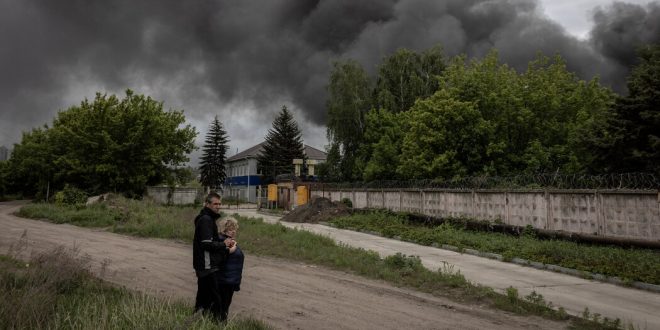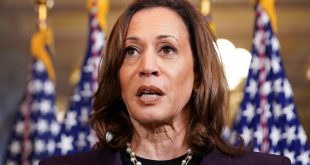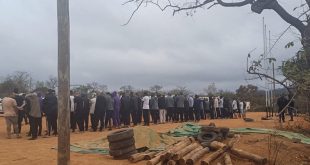The decision follows weeks of intense behind-the-scenes conversation with the Ukrainians, made more urgent after Russia began a major assault on Kharkiv around May 10.
Three days later, on May 13, Mr. Sullivan, Mr. Austin and the chairman of the Joint Chiefs of Staff, Gen. Charles Q. Brown Jr., held one of their regularly scheduled secure video conferences with their Ukrainian counterparts. Once again, the Ukrainians pressed for Mr. Biden to lift U.S. restrictions on firing into Russian territory, arguing that the president’s concerns about escalation were overblown. But now, they said, the issue had become more urgent because the Russians were shelling civilian sites around Kharkiv from inside their border — knowing that the Ukrainians could not fully respond.
After the meeting, officials said, Mr. Sullivan, Mr. Austin and General Brown decided to recommend to the president that he reverse his position. But they kept the decision very close. Two days later, on May 15, Mr. Sullivan conveyed the recommendation to Mr. Biden, who — for the first time — said he was inclined to carve out an exception that would allow the Ukrainians to strike back, even if Russian attacks were coming from just a few miles behind the Russian border. By then, Mr. Blinken was already in Kyiv and had heard the case for a reversal directly from President Volodymyr Zelensky.
The same day as the private meeting with Mr. Sullivan, the president saw Gen. Christopher G. Cavoli, the four-star commander of the U.S. European Command and the supreme allied commander for Europe. He was in Washington for an annual meeting of all the combatant commanders, and told Mr. Biden that he also agreed that the ban on firing into Russia was posing a danger to Ukraine — though he, too, one official said, was concerned about the possible Russian reactions.
Mr. Blinken returned from Kyiv and saw Mr. Biden and Mr. Sullivan on the evening of May 17 in the Oval Office, saying that he emerged convinced that the United States had to alter its stance. It was clear by then that Mr. Biden was in agreement, officials said, but the president insisted that before he issued a formal decision, he wanted a meeting of his national security “principals” to consider the risks. That meeting did not take place until last week, just as news of Mr. Blinken’s change of view leaked out.
 Top Naija News – Nigeria News, Nigerian News & Top Stories Top Naija News – Nigerian Newspapers, Nigerian News. topnaijanews is a daily Nigerian newspaper covering Latest News, Breaking News, Entertainment, Sports, Lifestyle and Politics.
Top Naija News – Nigeria News, Nigerian News & Top Stories Top Naija News – Nigerian Newspapers, Nigerian News. topnaijanews is a daily Nigerian newspaper covering Latest News, Breaking News, Entertainment, Sports, Lifestyle and Politics.




